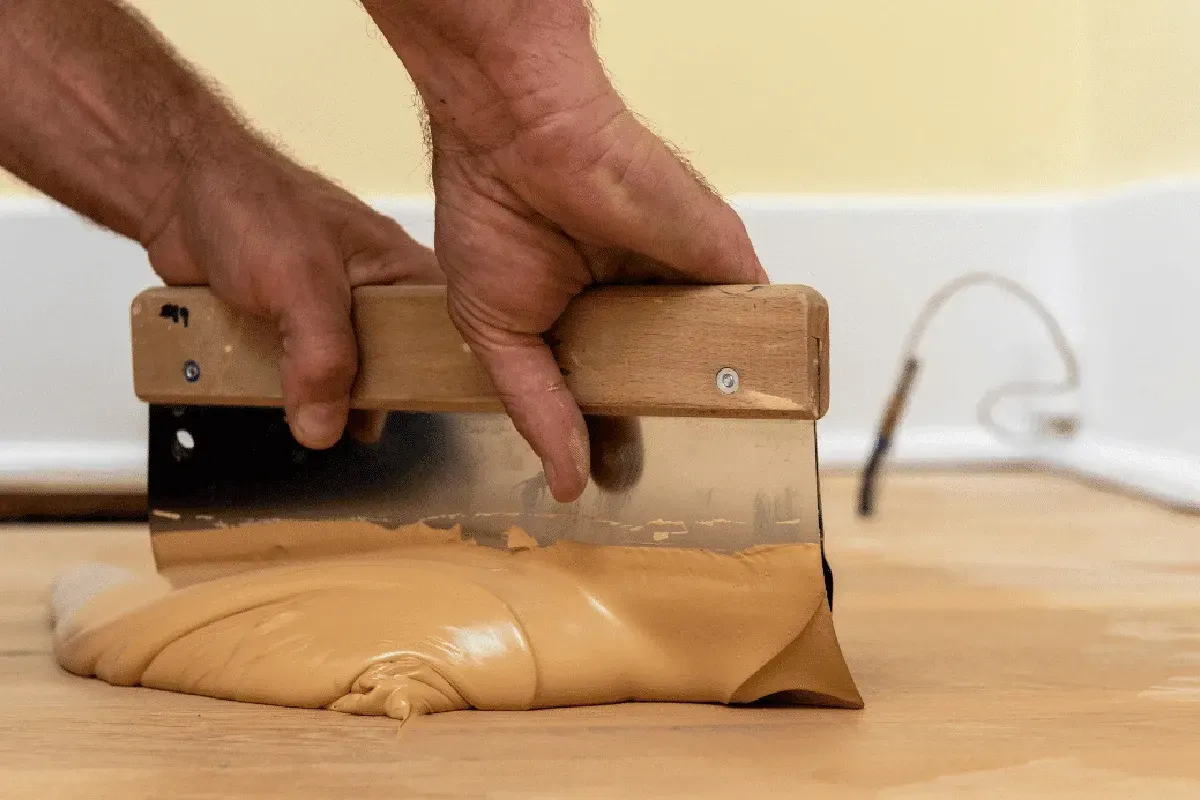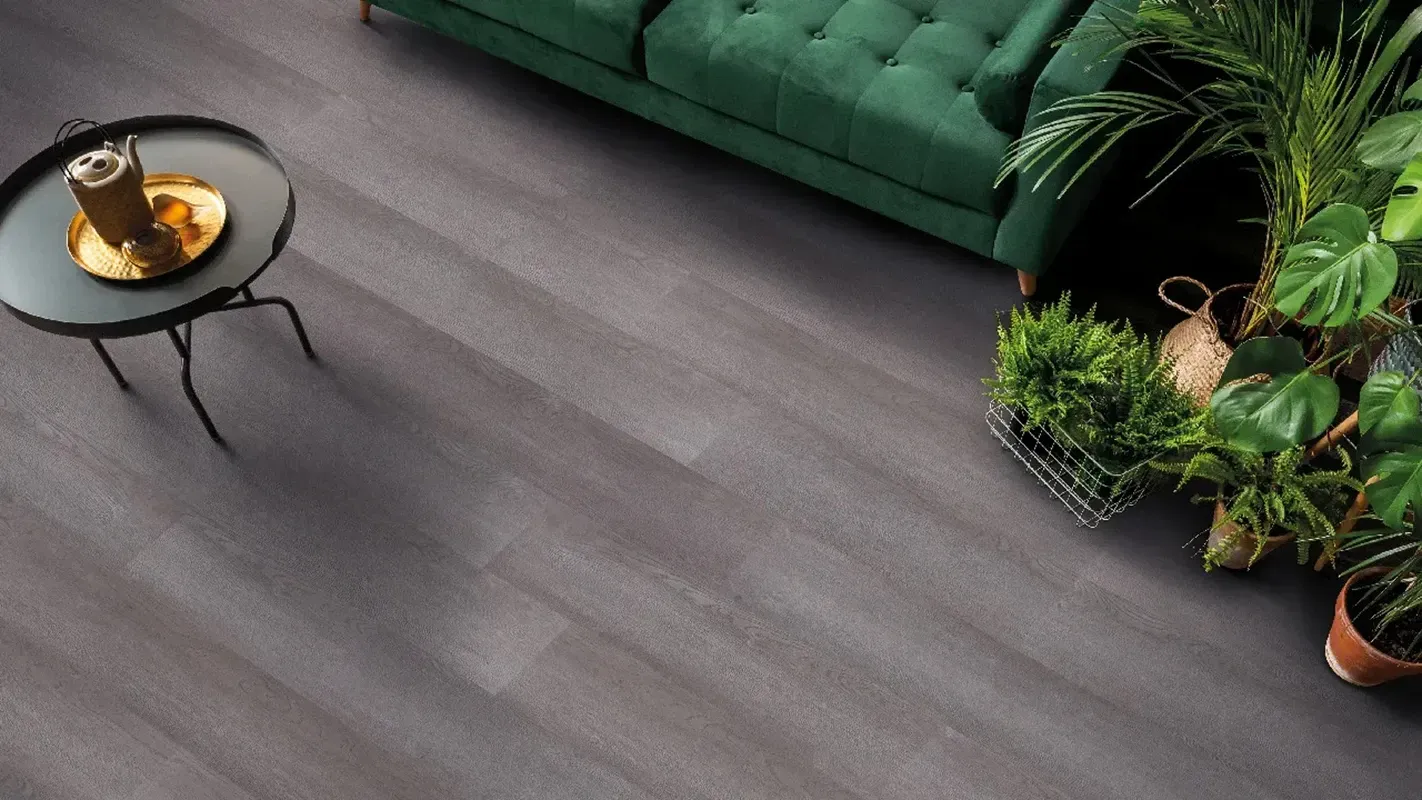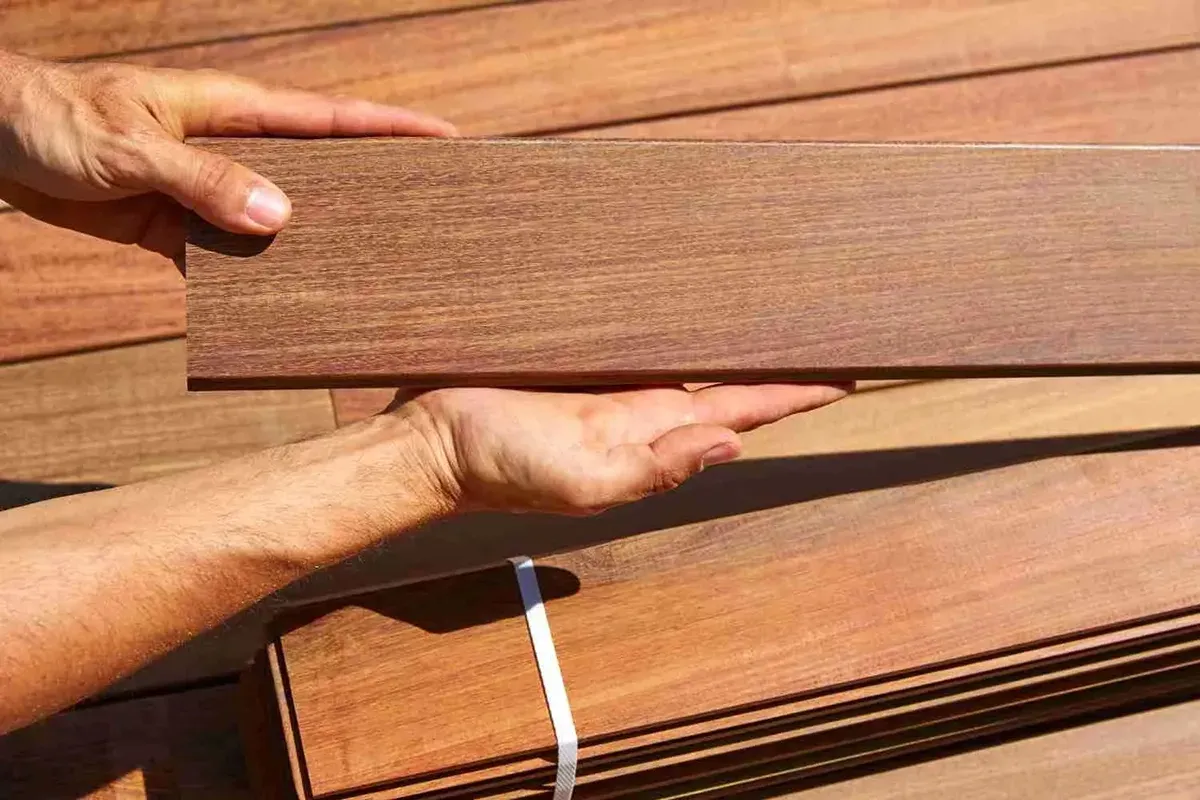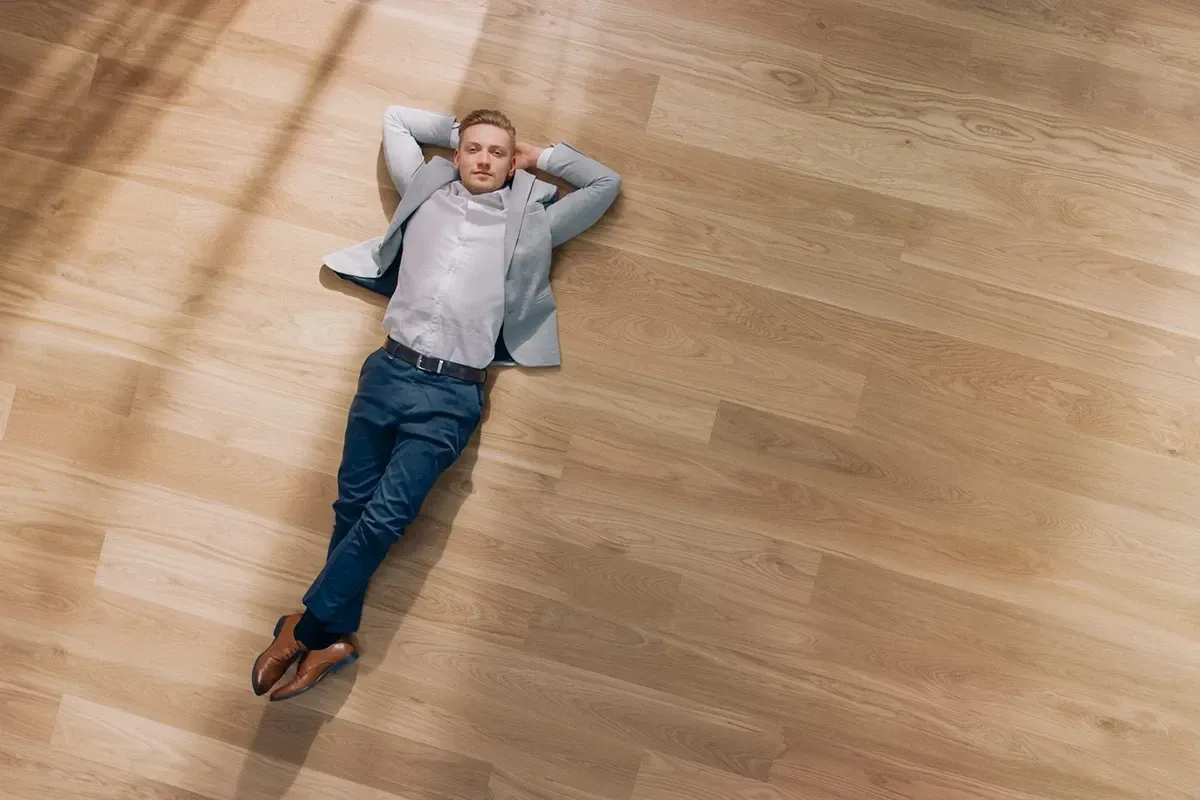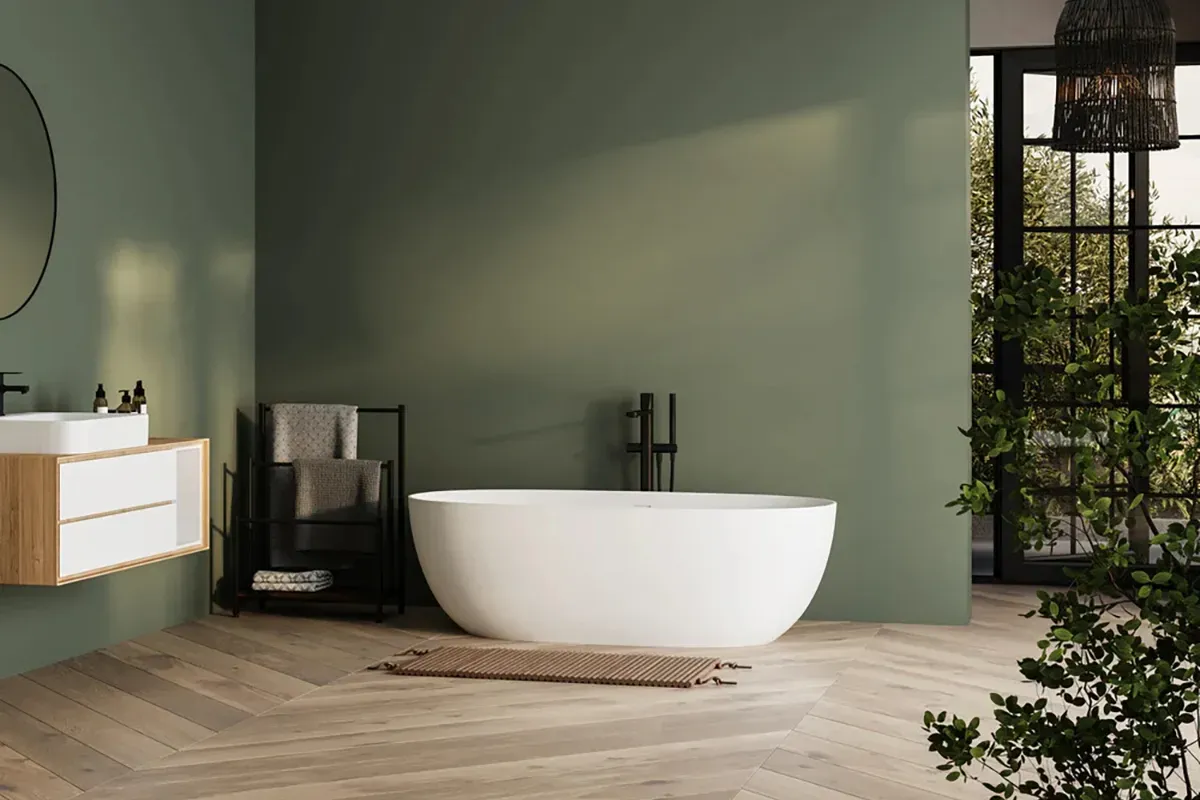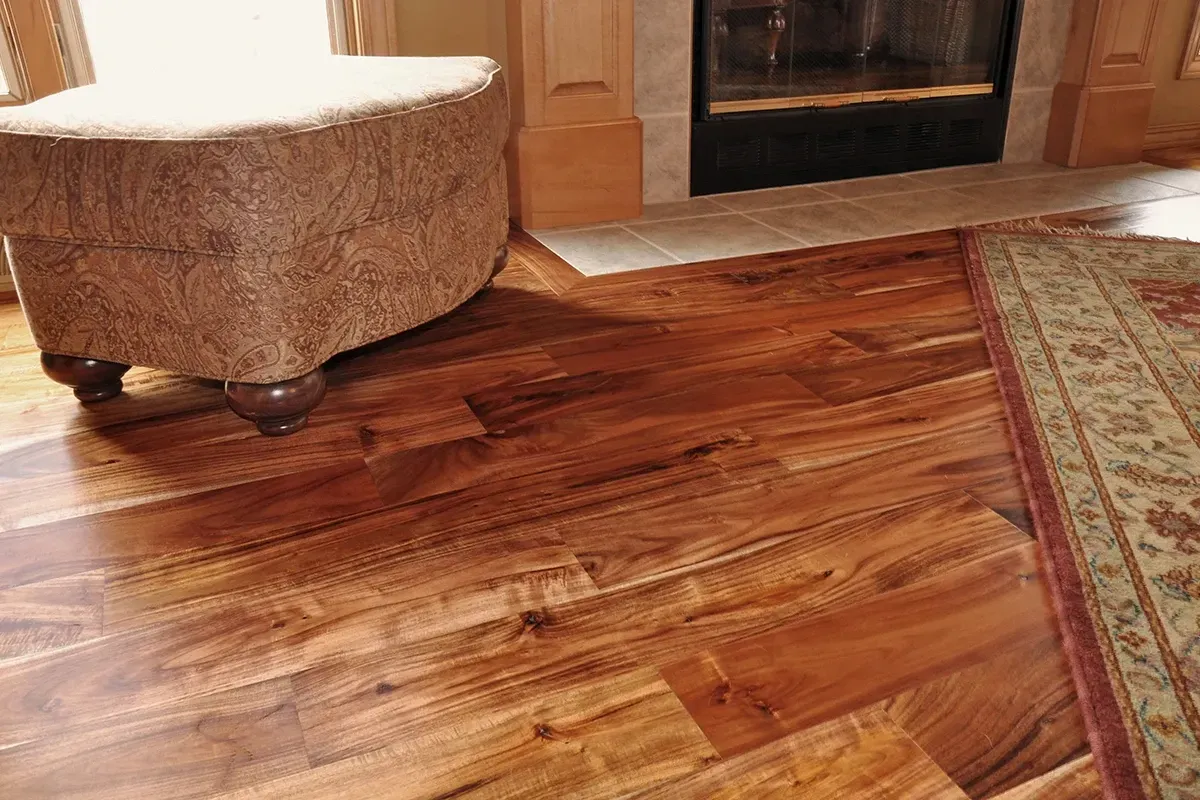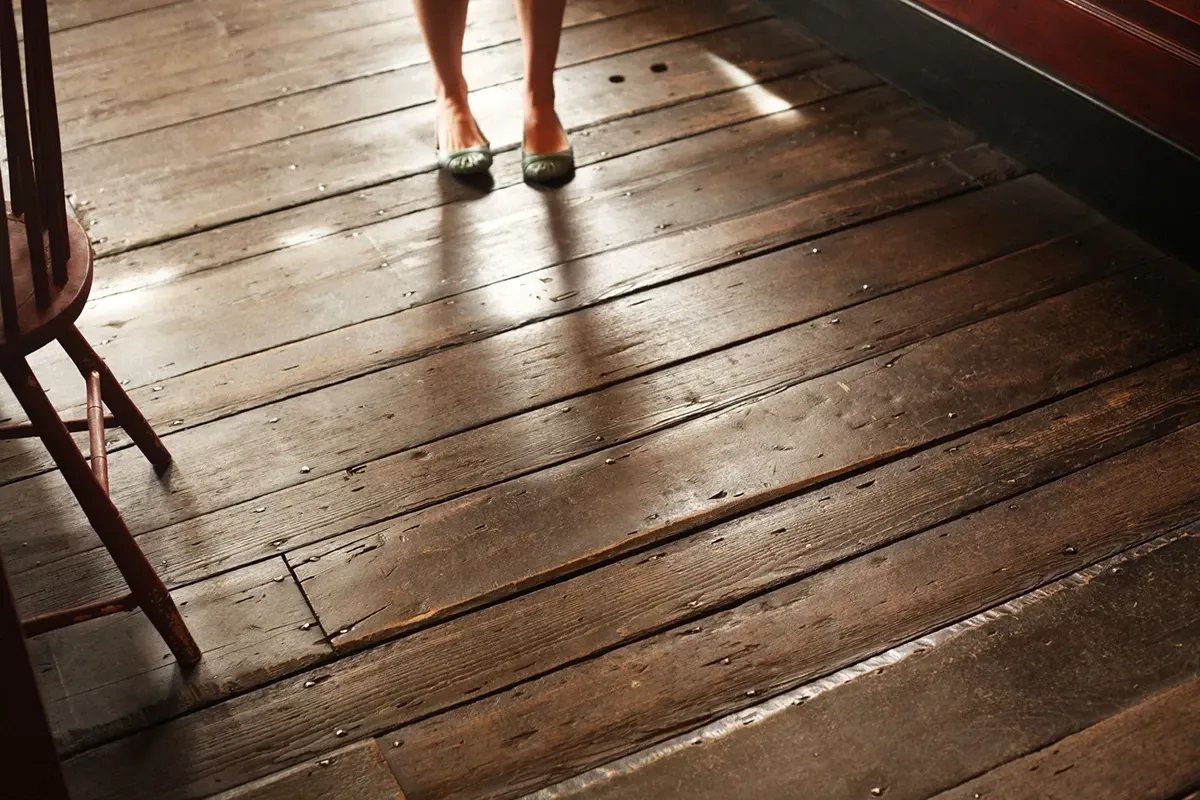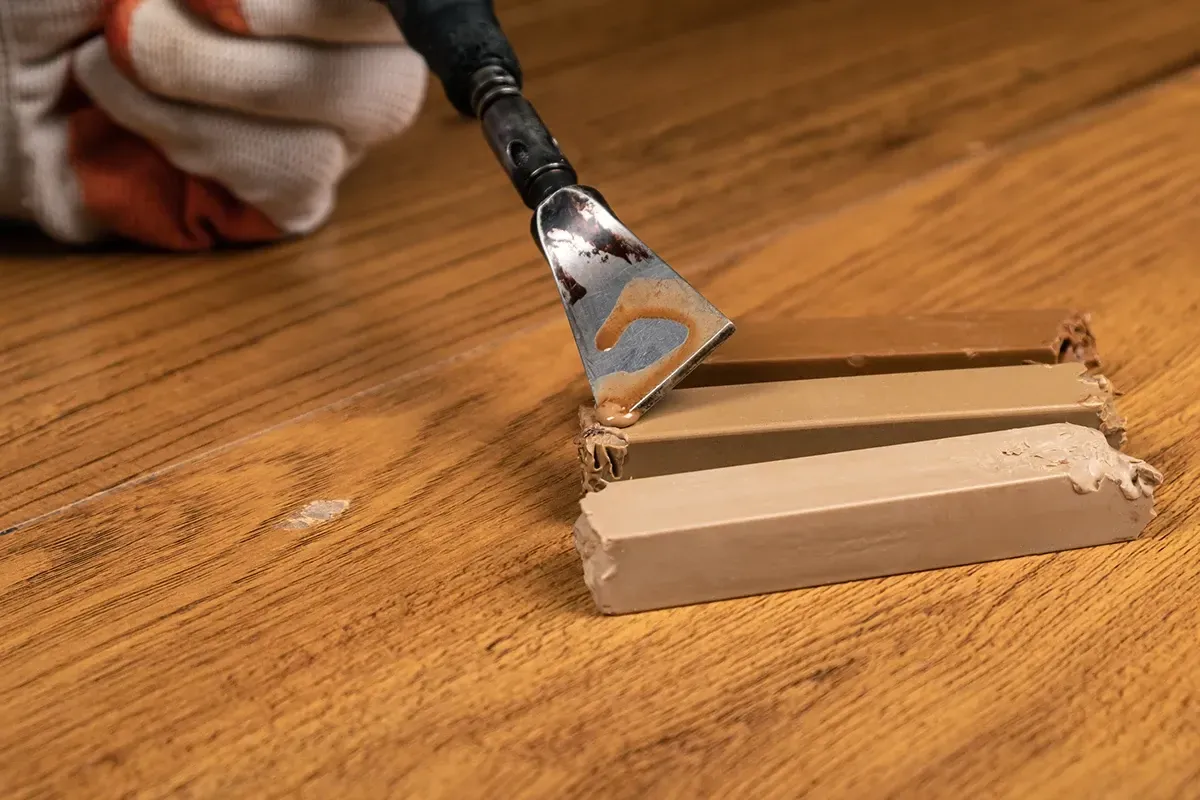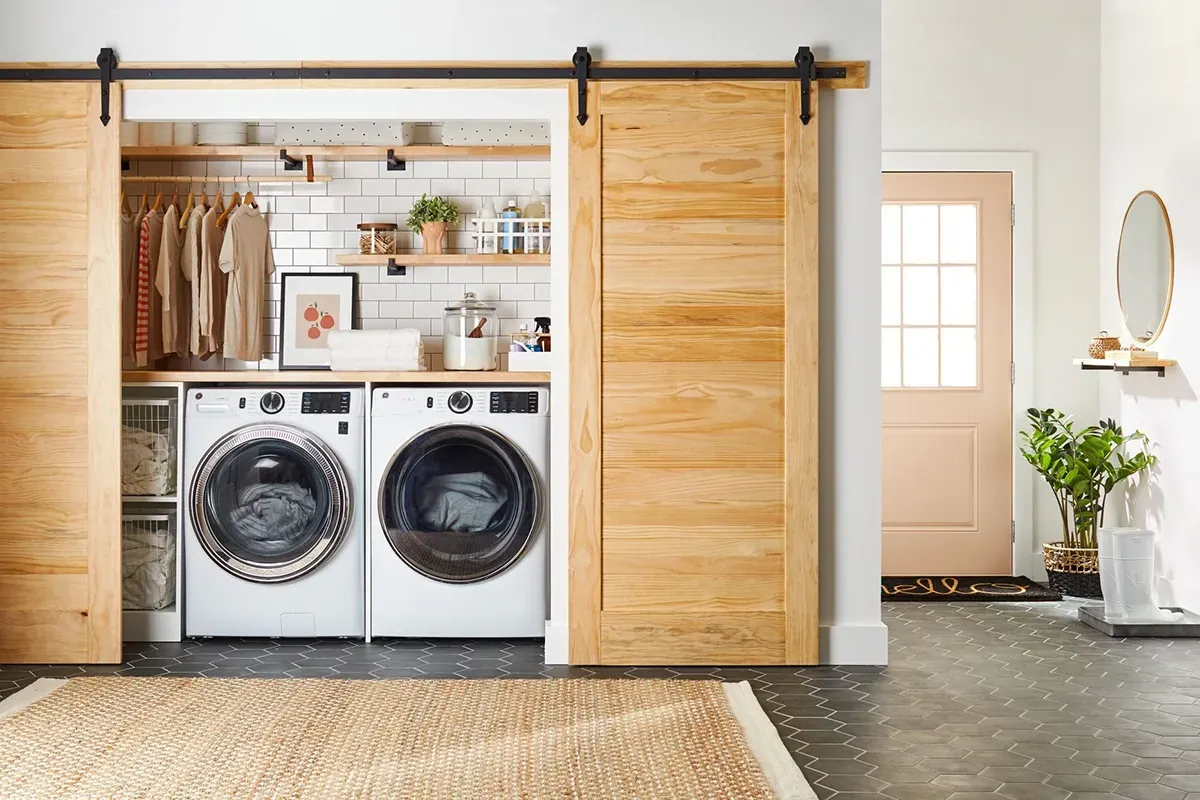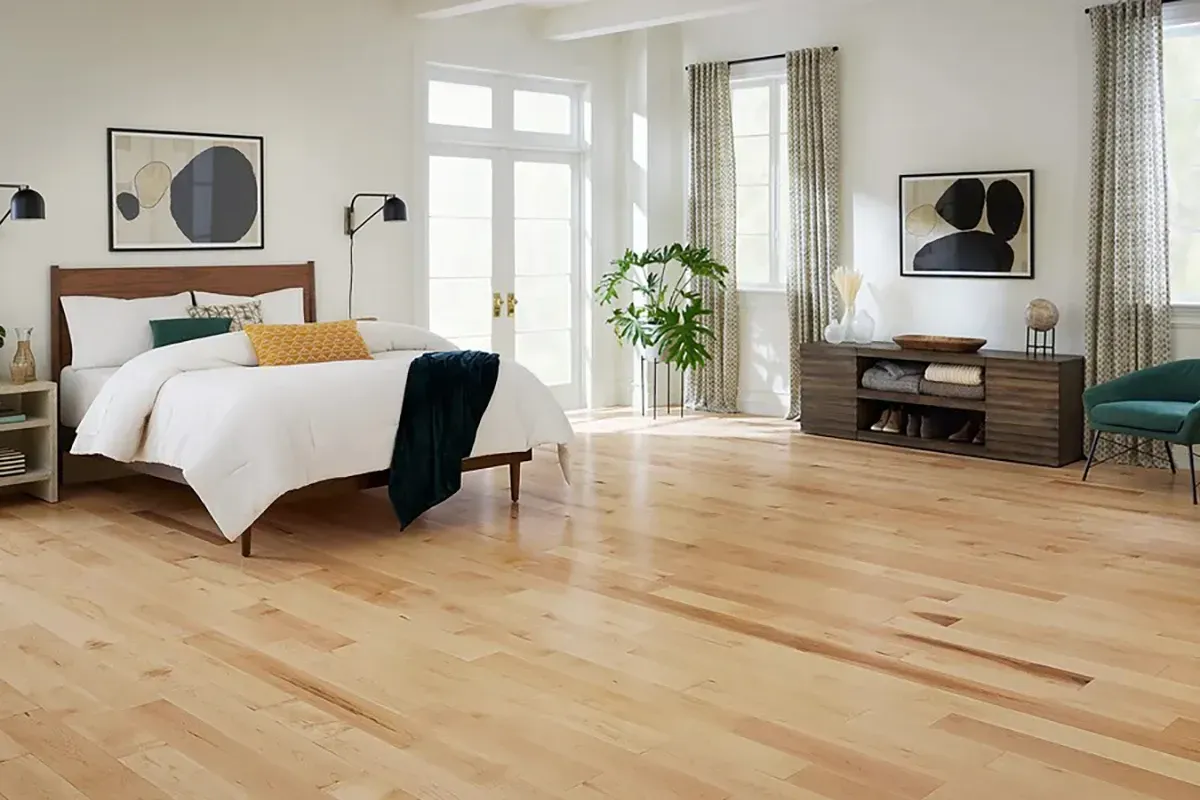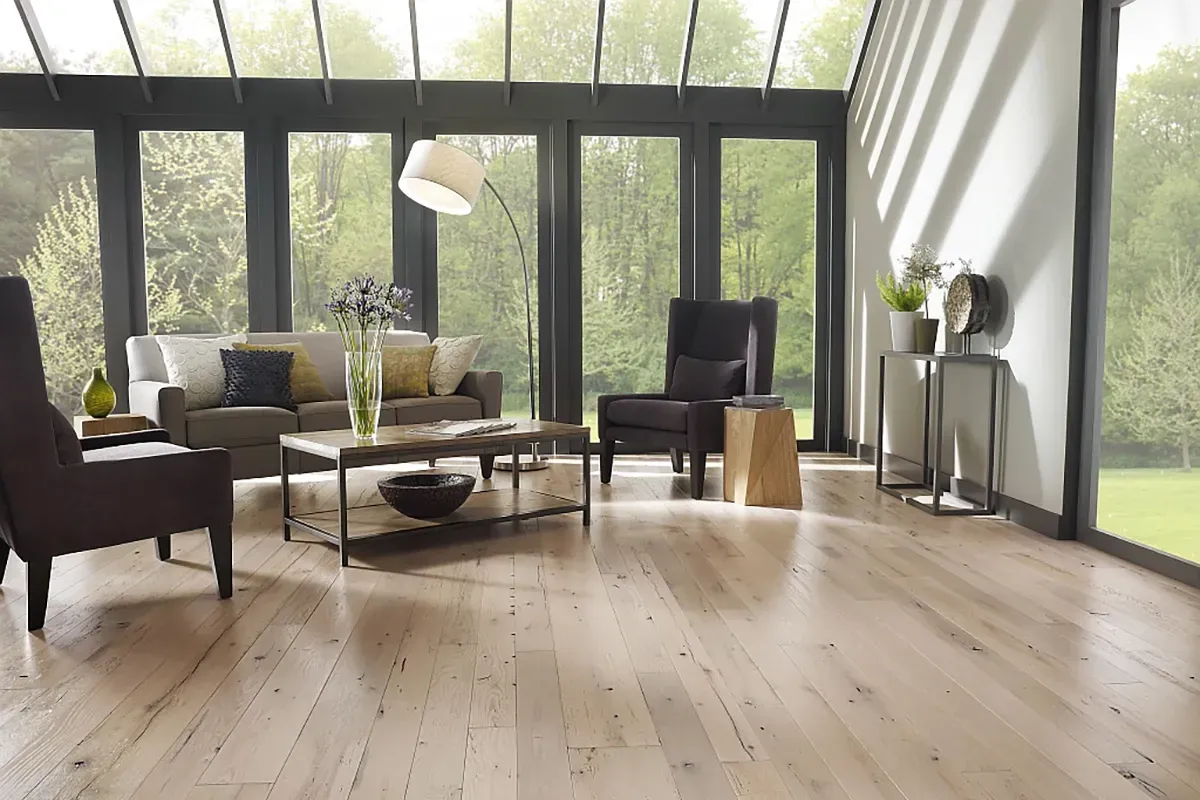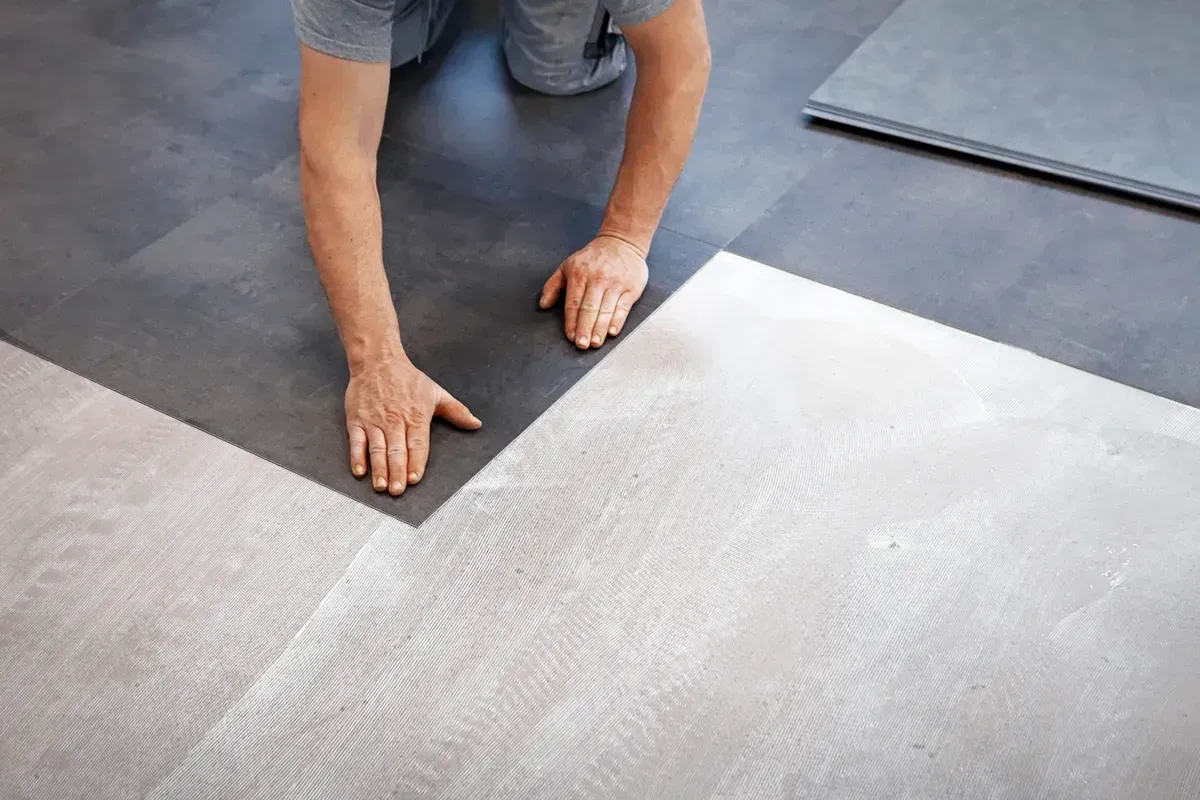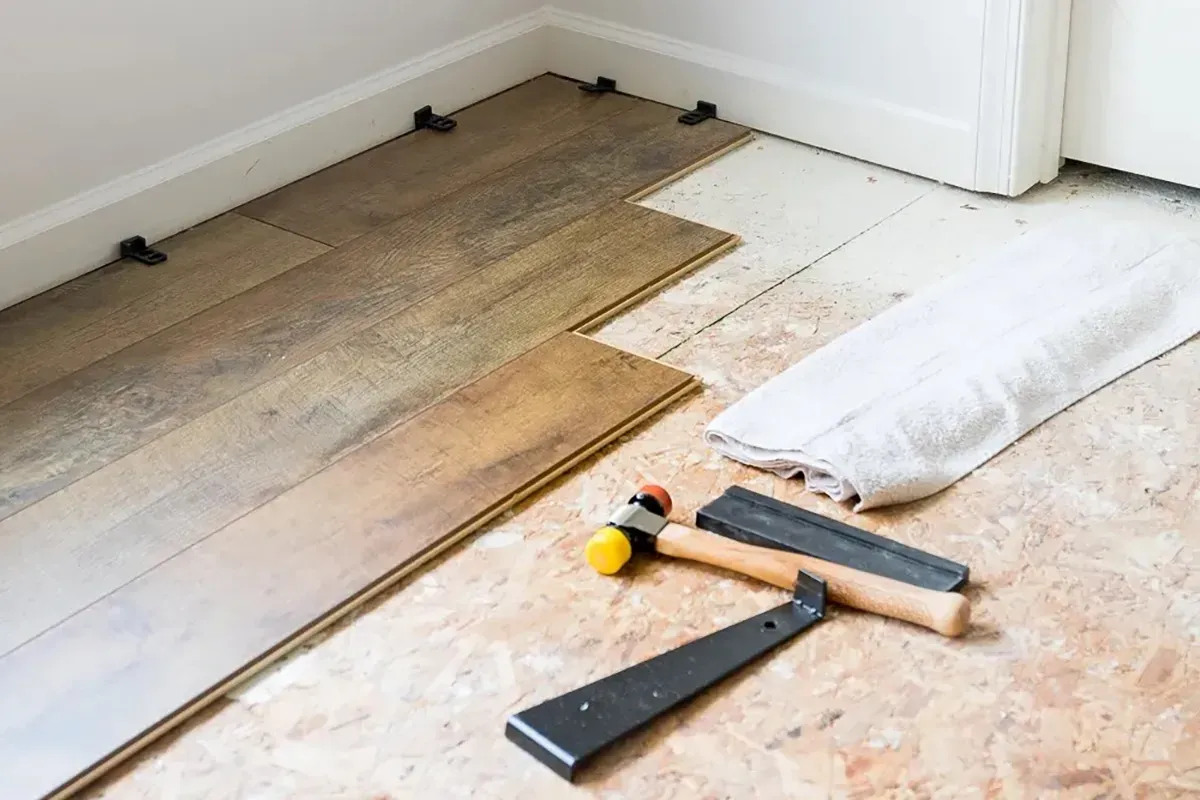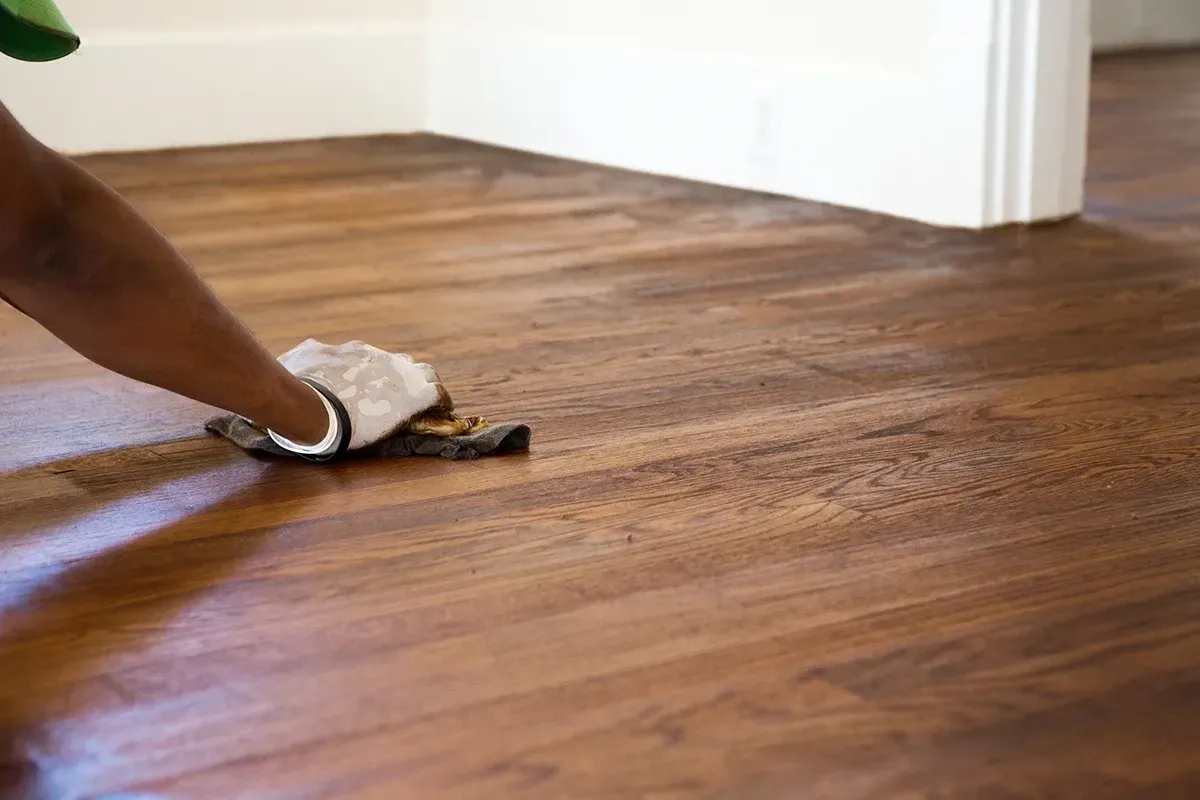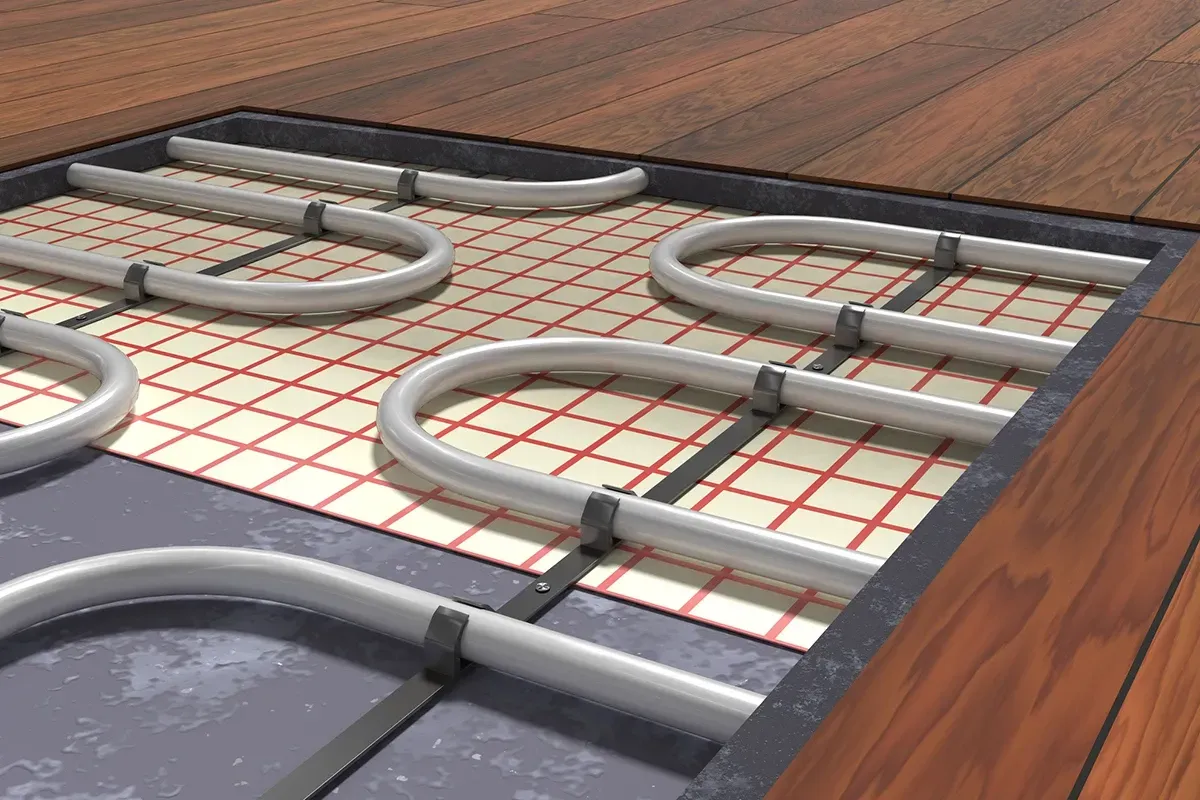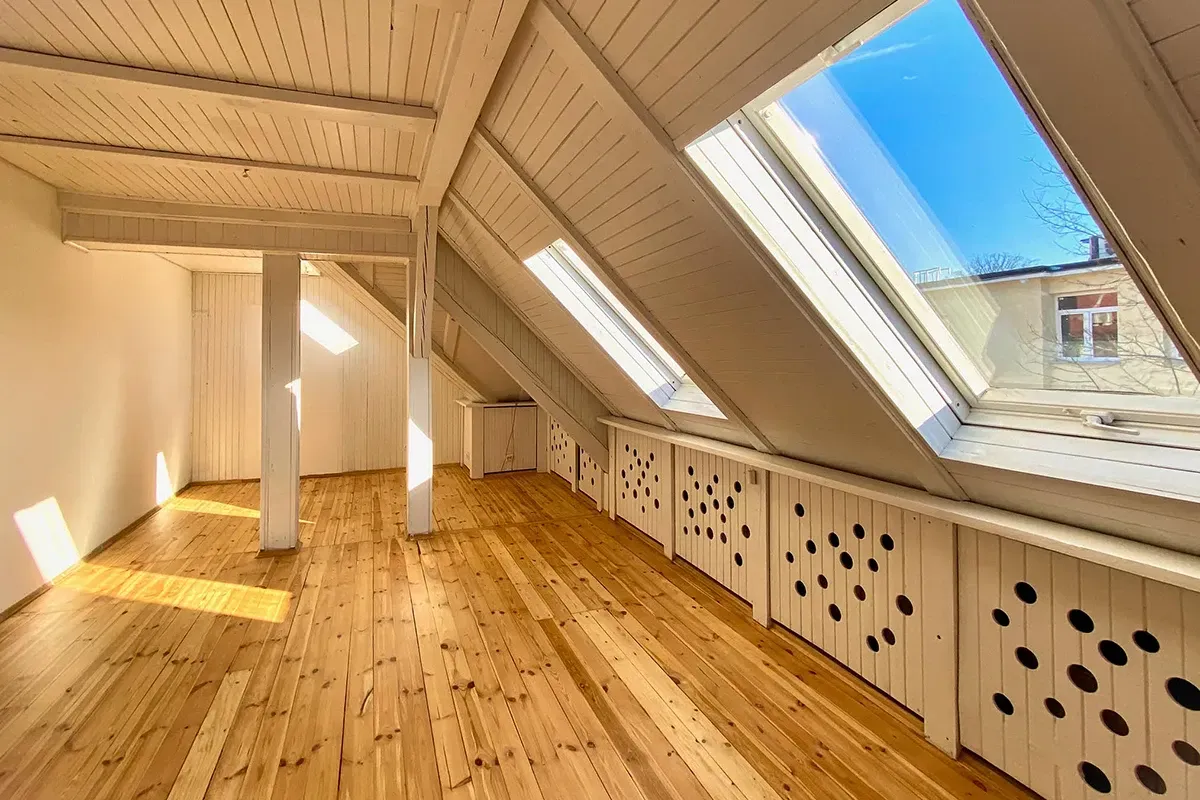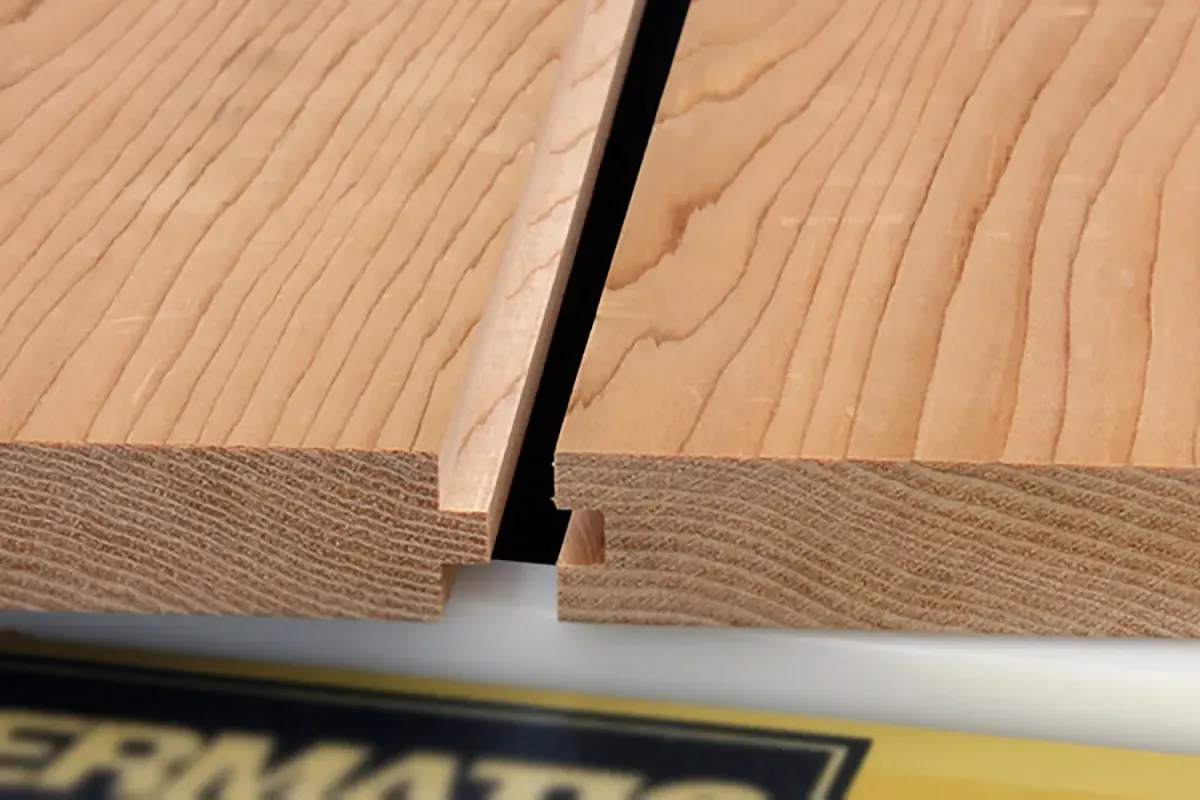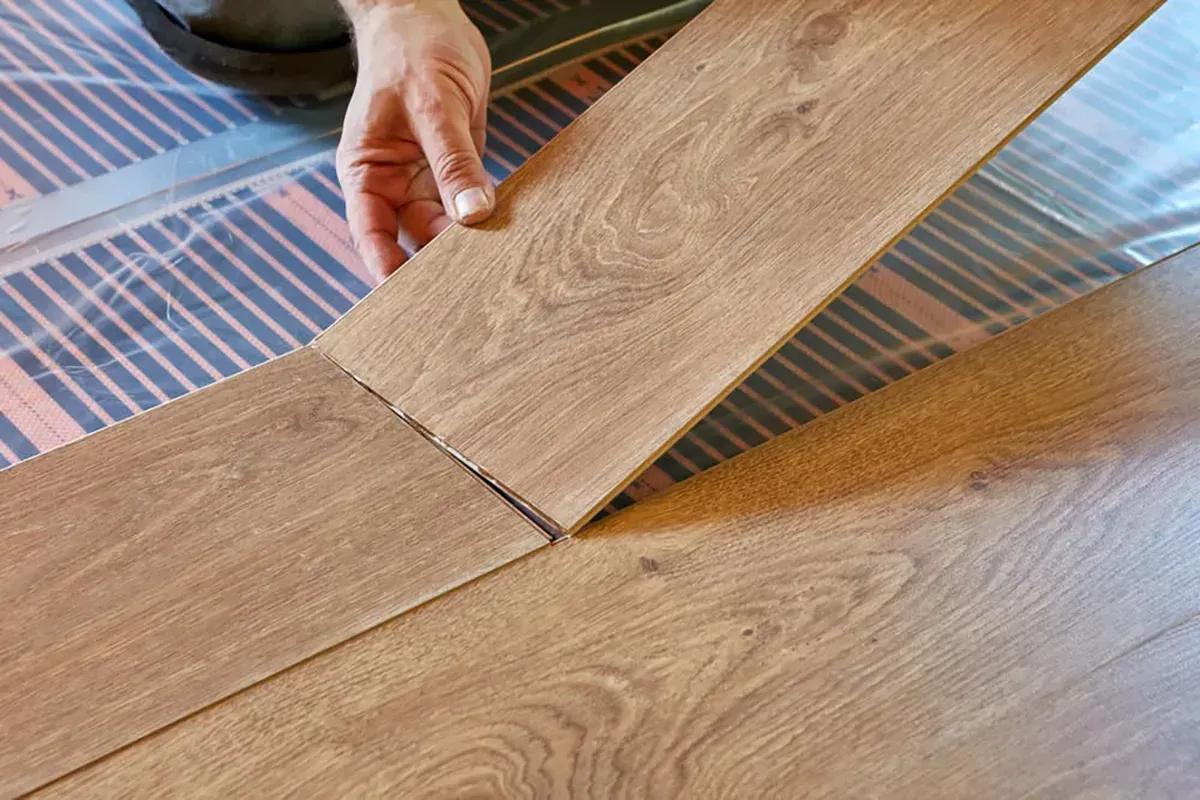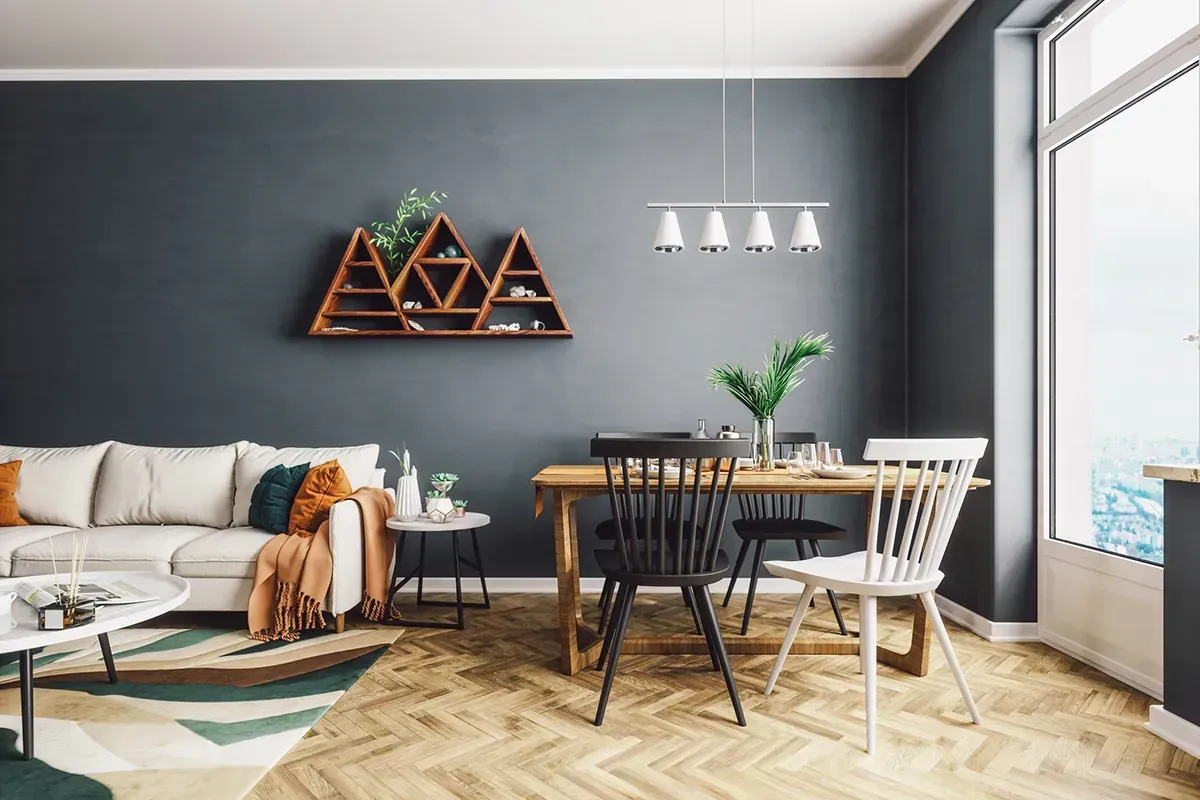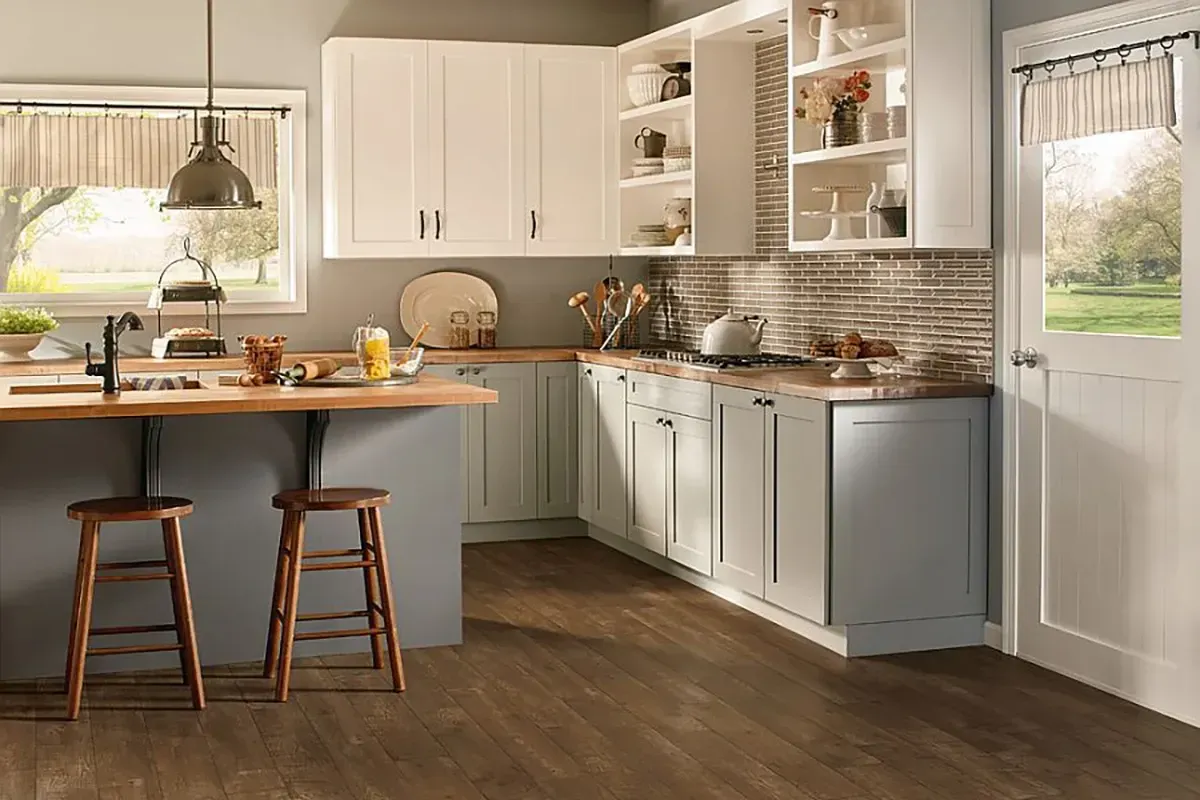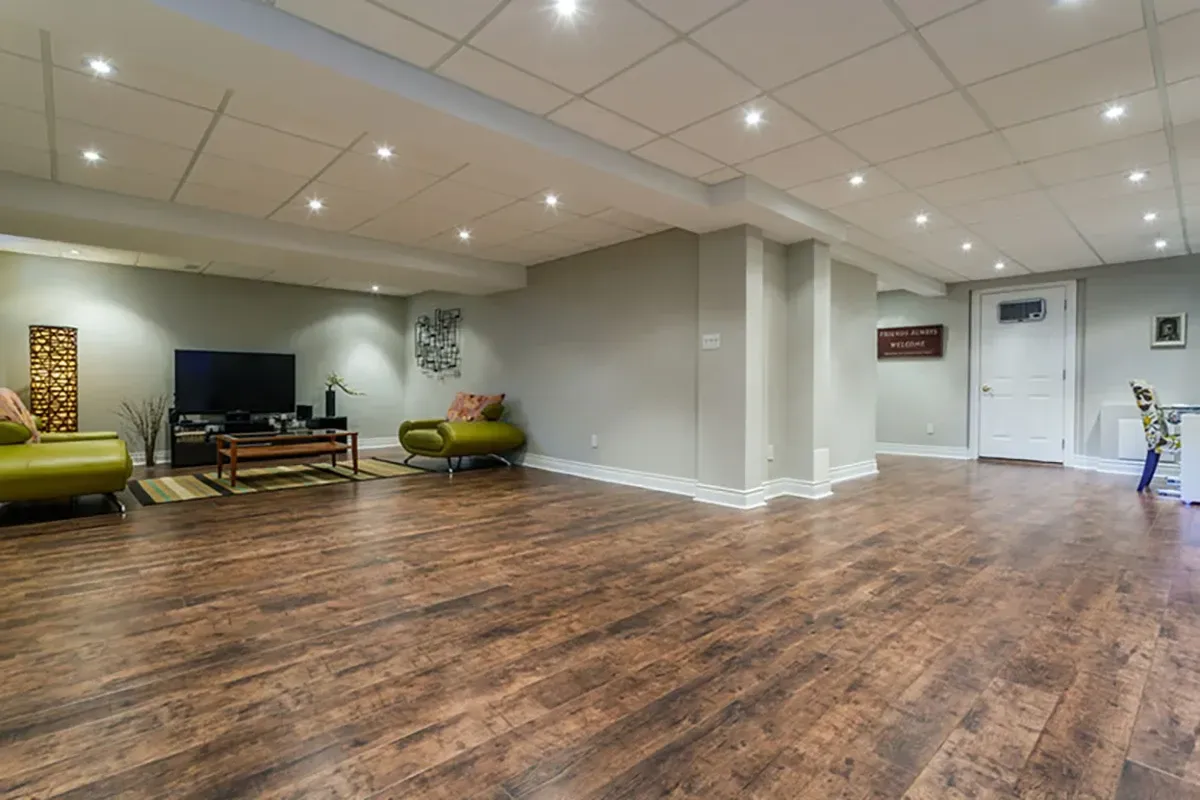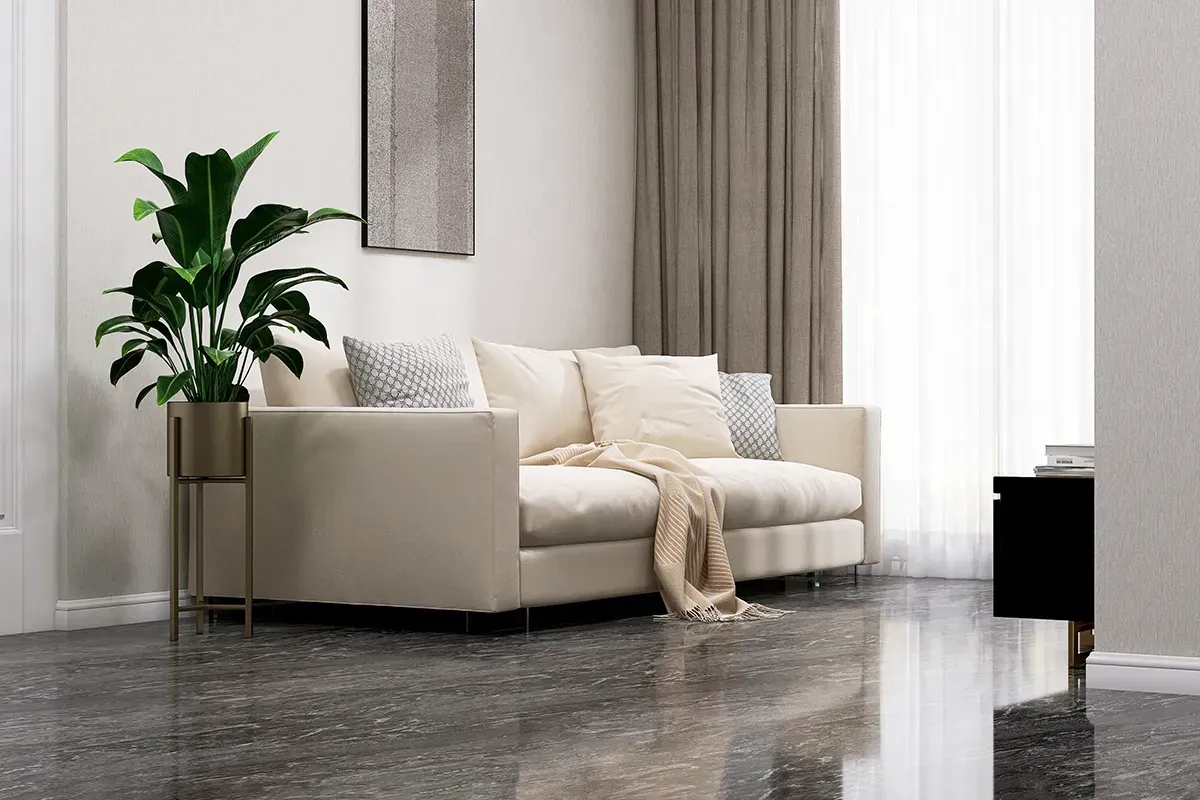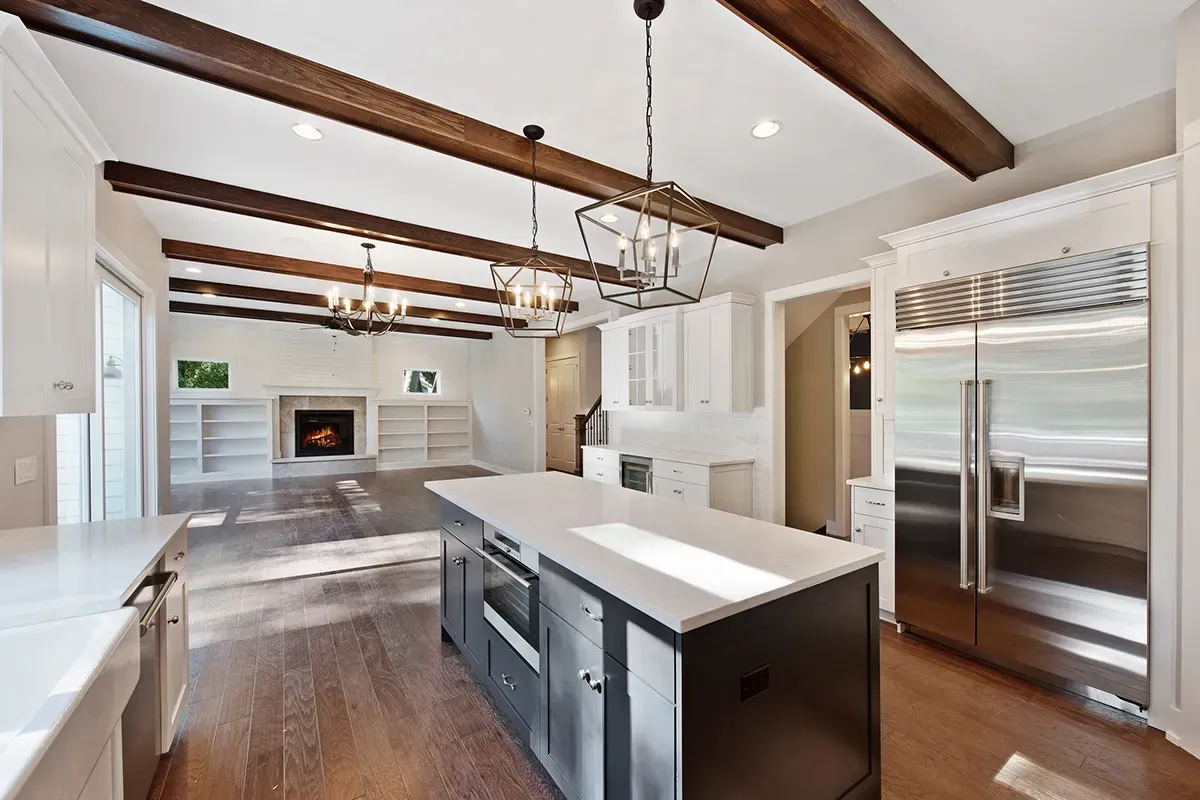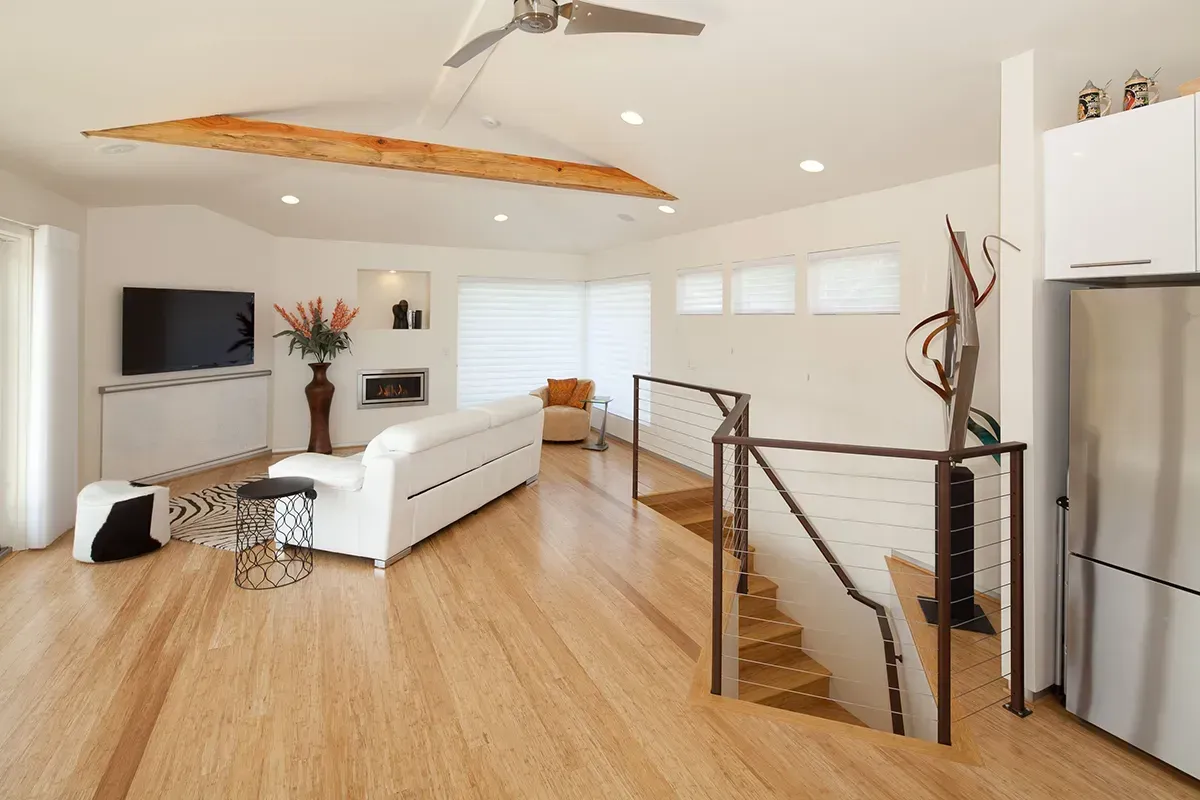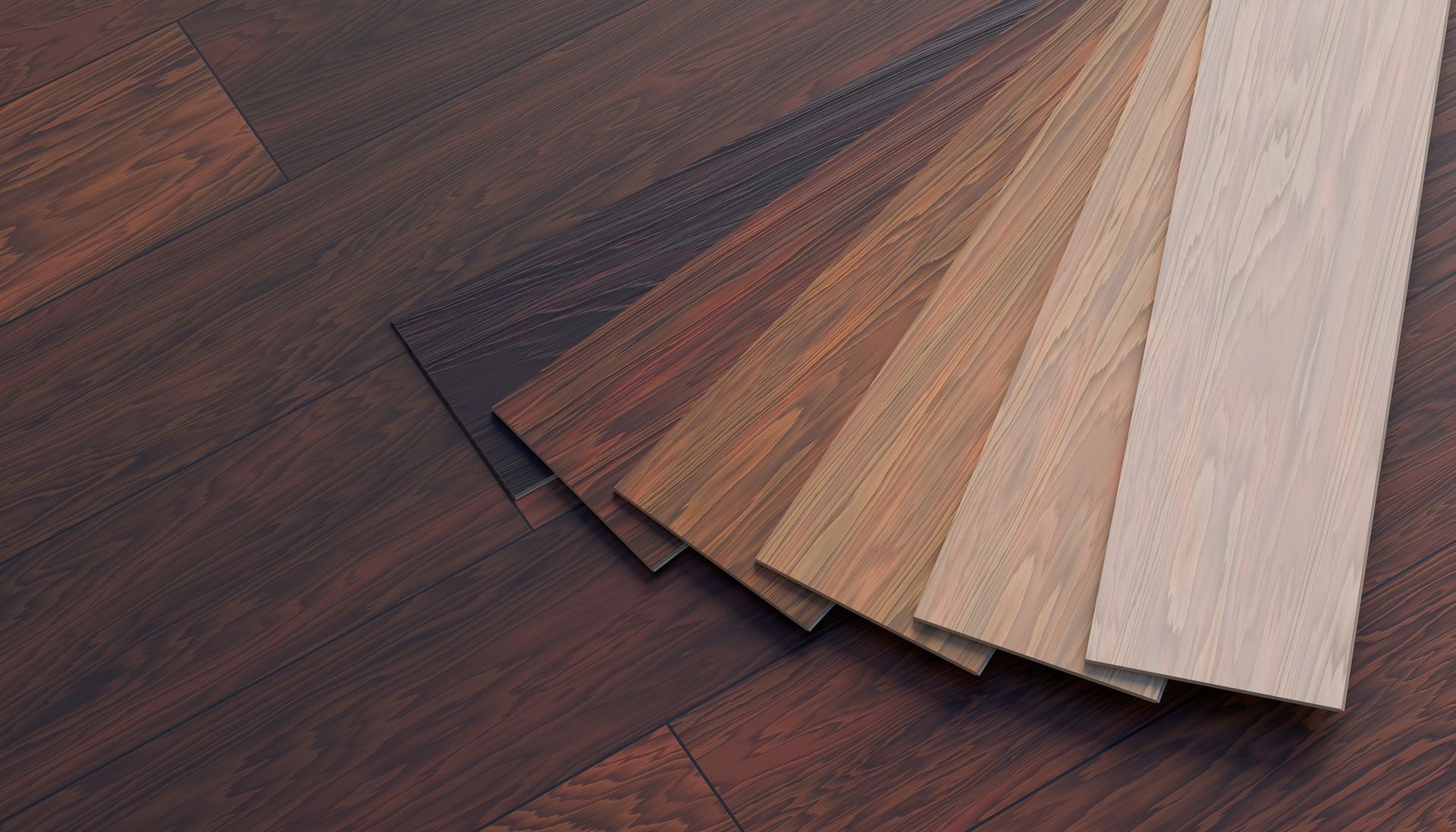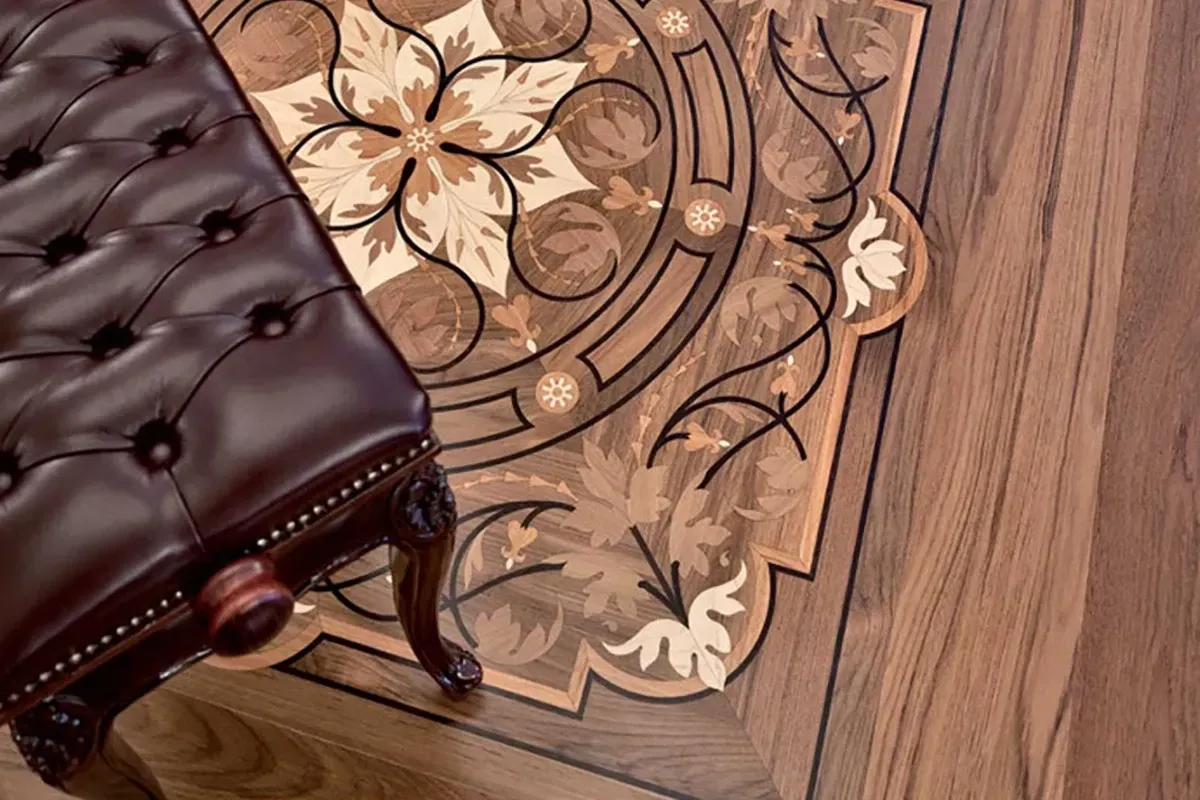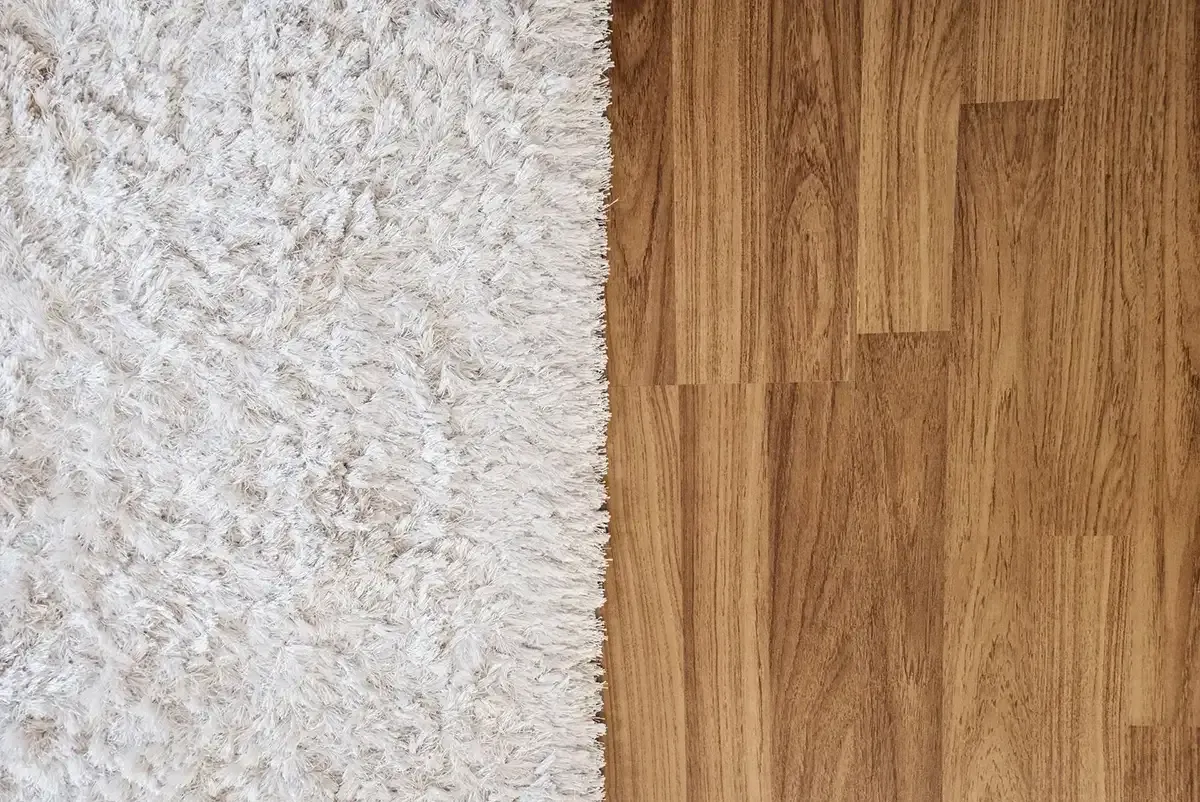How Your Hardwood Floors Change Over Time
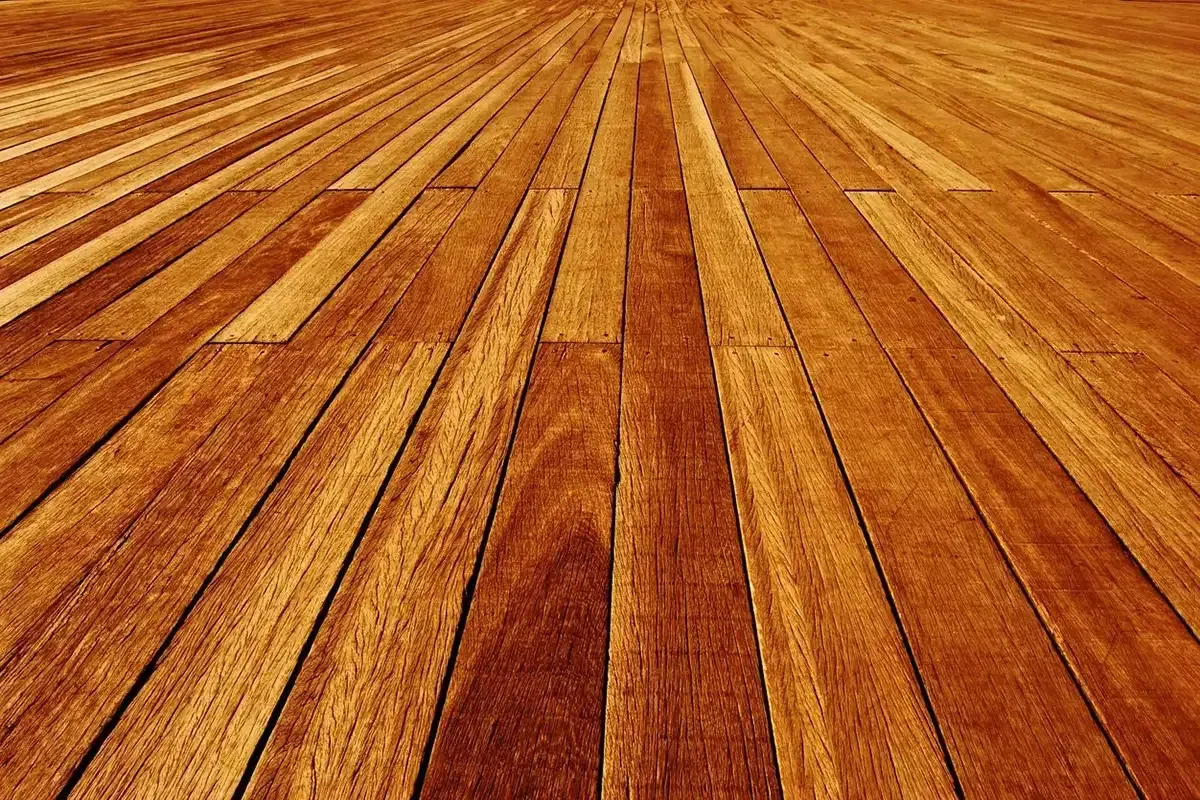
Hardwood floors are a beautiful addition to any home, offering warmth, character, and a timeless look that complements a variety of styles. However, wood is a natural material that evolves over time, especially with exposure to light. This natural process, known as photosensitivity, affects all types of wood and can result in subtle or dramatic changes in color. While this transformation can add unique charm, it’s essential to understand how your hardwood floors change over time and what you can do to preserve their appearance.
What is Photosensitivity in Wood Floors?
Photosensitivity is the degree to which wood changes color when exposed to light, particularly UV rays from sunlight. It’s a natural process where light energy causes chemical reactions in the wood, gradually altering its color. While photosensitivity doesn’t mean that wood is damaged, it does affect its appearance over time.
For example, hardwood floors exposed to sunlight may darken or develop a patina, which is a soft, aged look that many find appealing. Different types of wood respond to light in various ways, so it’s helpful to understand how your specific hardwood might transform as it ages.
Why Does Wood Change Color Over Time?
The photochemical reaction that causes color changes in wood is similar to the process that causes skin to tan in sunlight. In wood, extractives—natural compounds within the wood cells—react with UV light, changing the color of the wood over time. Depending on the species, the color can deepen, fade, or develop rich hues as a result of this process.
Factors that influence how your wood floor changes over time include:
- Type of wood: Different woods respond uniquely to light exposure.
- Exposure to sunlight: Direct sunlight speeds up color change.
- Finish applied: Certain finishes offer more UV protection than others, slowing color alteration.
Which Woods Change Color the Most?
Every wood type has its own rate of photosensitivity, so the extent of color change will vary. Here’s a quick breakdown of common hardwood flooring species and how they change color:
- Beech: Takes on a medium color change with time, with orange tones becoming amber.
- European Maple: Develops a warm, golden hue as it ages.
- Cherry: Changes rapidly to a dark, rich red over time, making it a popular choice for those who love dramatic transformations.
- Ash: Often shifts from light tones to a straw or tan color.
- Maple: Light-colored at first but turns golden as it matures.
- White Oak: Tends to darken to a warm amber tone.
- Walnut: Initially a deep brown, walnut lightens to a golden-brown shade with age.
While lighter woods like maple and birch tend to show color changes more prominently, darker woods such as walnut are less affected by sunlight and maintain their deep colors longer.
How to Minimize Color Changes in Hardwood Floors
While you can’t completely prevent how hardwood floors change over time due to photosensitivity or other factors, you can take steps to minimize and slow the process. Here are some expert tips:
1. Rotate Rugs and Furniture Regularly
Areas of your floor covered by rugs or furniture will be shielded from sunlight, creating a noticeable contrast with exposed areas. To keep the color more uniform, periodically rotate rugs and rearrange furniture. This allows different parts of the floor to receive sunlight at intervals, balancing out color changes over time.
2. Use Window Treatments to Filter Sunlight
Installing blinds, curtains, or UV-blocking window film can reduce the amount of sunlight reaching your hardwood floors. Shades and drapes, especially those with UV protection, can filter out damaging rays, helping your floors retain their original color longer. For homes with large windows or strong sunlight, motorized shades are convenient for adjusting light levels throughout the day.
3. Opt for UV-Resistant Finishes
Certain finishes, like polyurethane with UV inhibitors, can slow color changes by blocking UV rays. When refinishing your hardwood floor, ask your flooring professional about UV-resistant options. These protective finishes help preserve your floor’s original look for longer and can also make it more resistant to scratches and stains.
4. Consider Protective Floor Coverings
If you have particularly strong sunlight in specific areas, consider using decorative floor coverings to limit direct exposure. Runners, area rugs, or mats can protect these high-traffic, sunlit areas from intense color shifts. Remember to rotate them occasionally to avoid uneven fading.
Embrace the Natural Aging of Wood
One of the unique qualities of hardwood flooring is that it evolves over time, developing a patina that adds character and depth. For many homeowners, this transformation is part of the appeal of wood flooring. Over the years, the gradual color changes can make your space feel cozier and more personalized.
If you appreciate this natural aging process, consider choosing a wood type known for beautiful patina development, like cherry or walnut. These woods can become more vibrant over time, adding charm to your home’s aesthetic.
When Should You Consider Refinishing?
If your hardwood floors have become too dark, faded, or uneven in color, refinishing might be a good option. This process can help restore the original color or allow you to apply a new stain to refresh the look. A professional refinishing job involves sanding down the surface, removing any discolored layers, and applying a new stain and finish.
Refinishing is a great choice for homeowners who want to refresh their floors every decade or so. It’s also a way to prevent significant wear and tear, especially in high-traffic areas.
Final Thoughts
While photosensitivity can cause hardwood floors to change color, these transformations often add to the appeal of wood flooring, making each floor unique. Whether you love the rich patina that comes with age or prefer to keep your floor’s original color, understanding how wood changes over time can help you make informed decisions about care and maintenance.
For expert advice on maintenance or
hardwood floor refinishing, contact us at Rejuvenation Floor & Design. We’re here to help you enjoy your floors for decades, adding beauty and value to your home.


